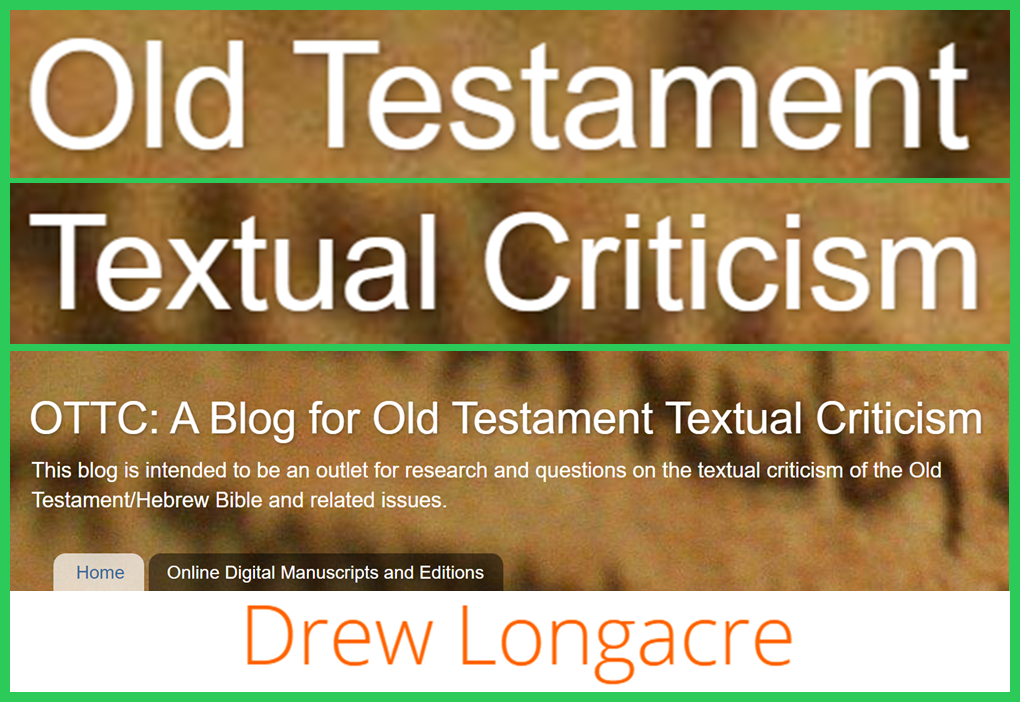

In addition to Ussher, the Royal Commission on Bible Translation, in the reign of King James I of Great Britain, had to determine a proper text from which to produce a translation of the Bible into English. (Its very name, which translates as Interpretation According to the Seventy, so indicates.) Ussher selected the Masoretic Text, which was an attempt by second-century Hebrew scholars to reproduce a text in its original language. Ussher rejected the Septuagint for various reasons, chief among which was that the Septuagint was a translation into a language foreign to that in which the originals were written, and that the translation was a work by consensus.

He needed a reliable text to serve as an anchor for a unified treatment of ancient history. Possibly the first person to undertake any form of textual criticism for a practical reason was James Ussher. 3.2.2 List of New Testament manuscripts.3.1.1 List of Old Testament manuscripts.The Iliad has 643 MSS and is second in manuscript authority after the New Testament." Over 20,000 copies of New Testament manuscripts are in existence today. After the early papyri manuscript discoveries that bridged the gap between the times of Christ and the second century, an abundance of other MSS came to light. "When it comes to the manuscript authority of the New Testament, the abundance of material is almost embarrassing in contrast. Hence, textual criticism strives to determine which copies of the Old Testament are the most faithful to the original autographs, and which manuscripts (later copies) of the New Testament are either original (if such can ever be found) or at least faithful and correct to the original autographs.Īccording to Josh McDowell in More Than a Carpenter (1977), the Bible, and particularly the New Testament, are the best-evidenced documents by manuscript evidence in antiquity. It is possible that some particularly ancient fragments of the New Testament may in fact be fragments of the original autographs, given their age, such as the John Rylands Manuscript (P52 - dated 125 A.D.). As is the case with any ancient document, none of the original autographs for the Old Testament remain - or if they do, we are not aware that they are the originals. The practice is crucial and foundational to not just historical methods but also literary criticism as well. Textual criticism deals directly with the text, functioning as the analysis of ancient documents to determine at every point where scribal copying has produced differences. In other words, one must listen to the claims of the New Testament under analysis, and not assume fraud or error unless the authors disqualify themselves by contradictions or known factual inaccuracies. This dictum states: The benefit of the doubt is to be given to the document itself, and not arrogated by the critic to himself. In order to establish the credibility of a document, Aristotle's dictum is to be followed by the literary critic.


Textual criticism of the Bible can start with the premise that the Bible is reliable history since as law professor John W. copies), in order to represent accurately the original manuscript (MS) or what is called the autograph. Textual criticism (or lower criticism) is the attempt to piece together surviving fragments of manuscripts (MSS - i.e. The Great Isaiah Scroll, one of the most famous Dead Sea Scrolls.


 0 kommentar(er)
0 kommentar(er)
